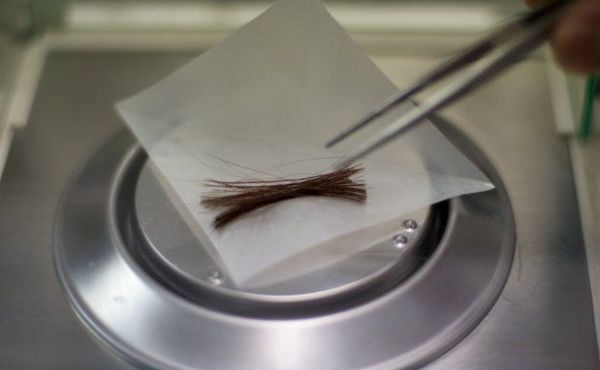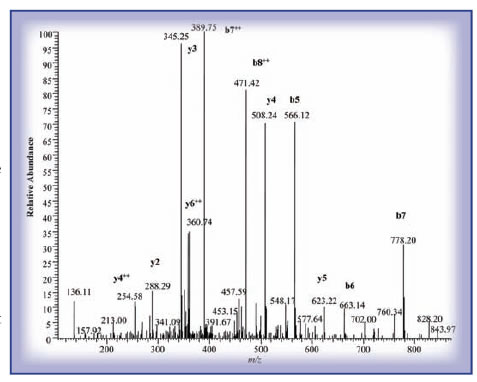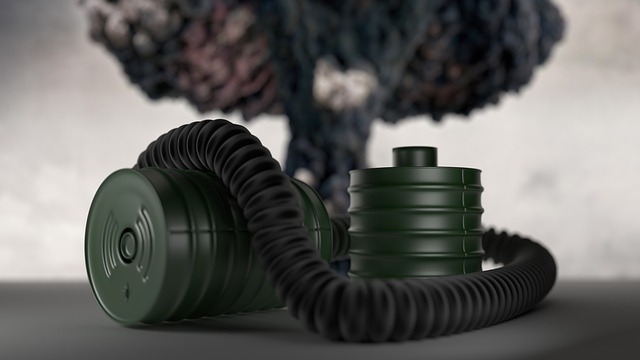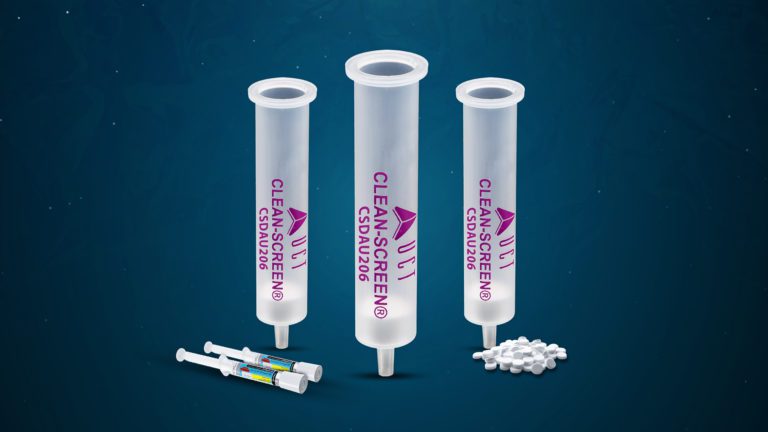UCT Clean Screen® EtG SPE Sorbent cited in Alcohol/Drugs Licensing Article
In Spain, the implementation of the points-based driving license helps to change the drivers’ behavior and is related to a reduction of traffic accidents and fatalities. When a driver loses all points, the driving license is revoked and the driver must enroll on a Driver Awareness and Re-education (DARE) course. At the moment, offenders are not submitted to any form of testing to confirm absence of alcohol or drugs of abuse consumption, even when 9% of drivers in Spain lose their driving license for driving under the influence (DUI). The objective of the below noted research was to compare the usefulness of psychological tests and hair analysis to identify those individuals with a chronic consumption of alcohol and drugs of abuse among drivers performing DARE courses.
Elena Lendoiro et al., published in Forensic Science International (/doi.org/10.1016/j.forsciint.2018.03.023) on the use of UCT’s Clean Screen® EtG solid phase extraction sorbent to determine the ethyl glucuronide (EtG) content of drivers suspected of alcohol/drugs driving cases under voluntary conditions. Volunteers were submitted to the AUDIT and DAST-10 psychological tests. Along with psychological tests, a hair sample was collected and analyzed for EtG.
A validated analytical method for EtG was established which had a limit of quantification (LOQ) of 5 pg/mg of hair. A separate analytical method for 35 licit and illicit drugs (LOQ 5-50pg of drug /mg of hair) was also developed via LC-MS/MS. It was found that of 61 participants with a mean age of 37.2±11.6 years, and mainly men (90.2%), were recruited and performed AUDIT and DAST-10 tests psychological tests. All of hair samples were analyzed for EtG and 17 samples for licit and illicit drugs. Mean AUDIT score was 9.6 (SD=7.5), showing a value ≥8 (indicator of hazardous and harmful alcohol use) in 52.4% of cases. Mean DAST-10 score was 2.9 (SD=3.3), but a score ≥6 was detected in 21.3% of cases (indicating drug abuse or dependence).
It was found that 22 hair samples were positive for EtG and 8 for drugs of abuse (8 cocaine, 2 opioids, 1 amphetamine, 1 cannabis). The EtG concentrations (20.7-1254.1pg/mg) were higher than the Society of Hair Testing (SoHT) cut-off for chronic alcohol consumption (≥30 pg EtG per mg of hair) in 21 cases.
In terms of the EtG concentrations that were found between age groups, drivers older than 45 years old showed a higher mean EtG concentration than those under 45 years old: 150.5 pg/mg vs 24.5 pg/mg. In regards to educational levels, drivers with a university degree had higher mean EtG concentrations than those with primary education: 238.9 pg/mg vs 36 pg/mg. Moreover, the average EtG concentration was significantly higher in participants who declared consumption of alcohol ≥4 times per month in the last 3 months than in those admitting consumption of alcohol <4 times (123.6 pg/mg vs 22.2 pg/mg).
All positive cases for methadone and cannabis and half of the positive cases for opioids and cocaine presented higher concentrations than SoHT cut-offs for chronic consumption. Higher AUDIT score and higher EtG concentration in hair were statistically associated with declaration of alcohol consumption ≥4 times/month and with previous fine for DUI of alcohol. In addition, AUDIT scores and EtG concentration in hair had a moderate but significant Spearman correlation (r=0.331, p<0.05).
This study demonstrates the efficiency of Clean Screen® EtG sorbent in determining the concentrations of EtG in milligram quantities of hair samples and why when forensic hair analysts require the finest of sorbents in EtG hair analysis, UCT is always their first choice. For more information regarding Clean Screen® EtG visit https ://sampleprep.unitedchem.com/products/spe/clinical-forensic/clean-screen-etg






